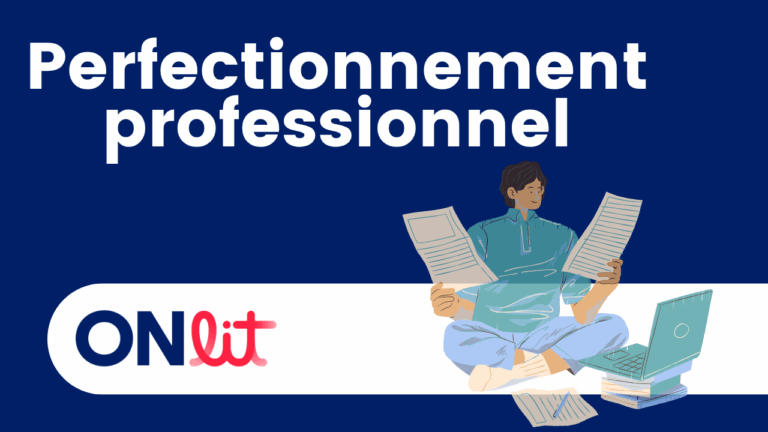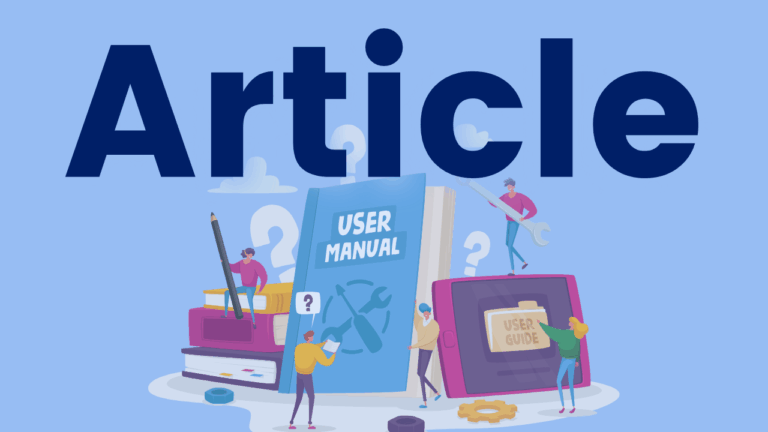Pourquoi le dépistage ?
Séance ouverte | Discussion des données: 1 Vous êtes curieux de savoir comment commencer le dépistage précoce universel de la lecture ? Vous avez besoin d’aide pour utiliser les données de dépistage afin d’éclairer votre enseignement de la lecture et de l’écriture ? Utilisez ces diapositives pour développer des connaissances professionnelles sur le dépistage dans…







